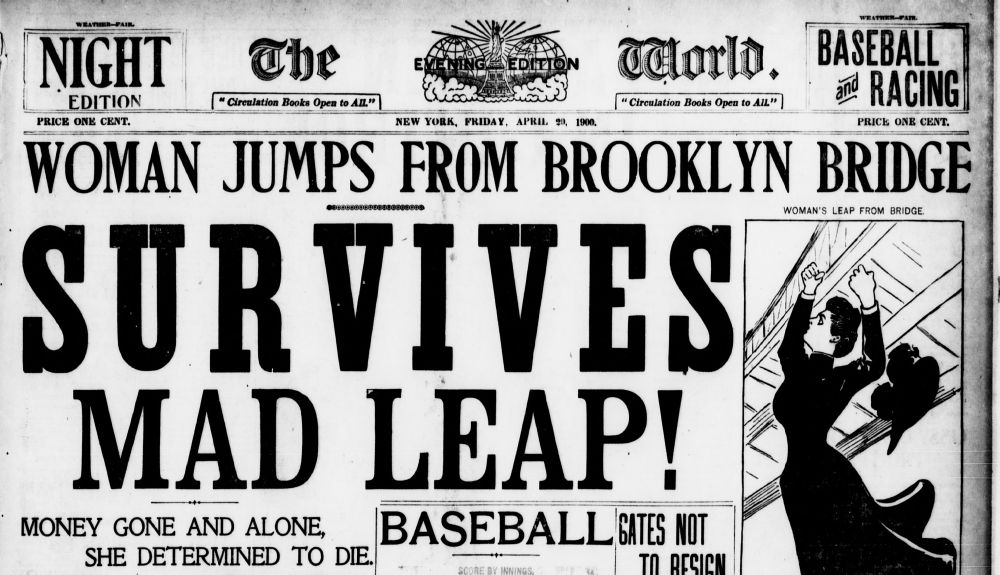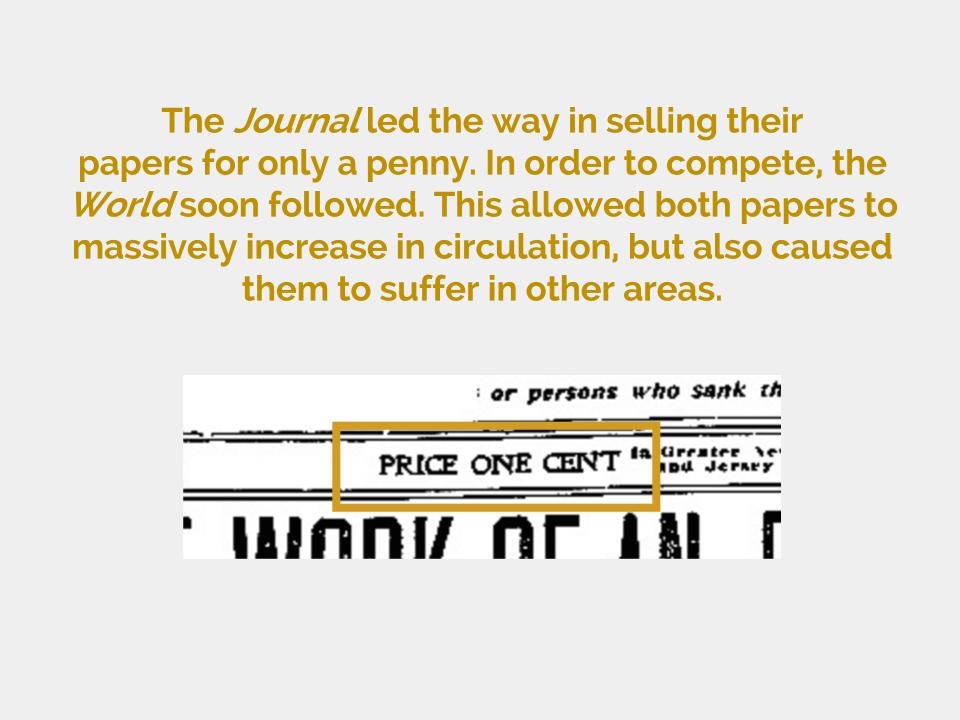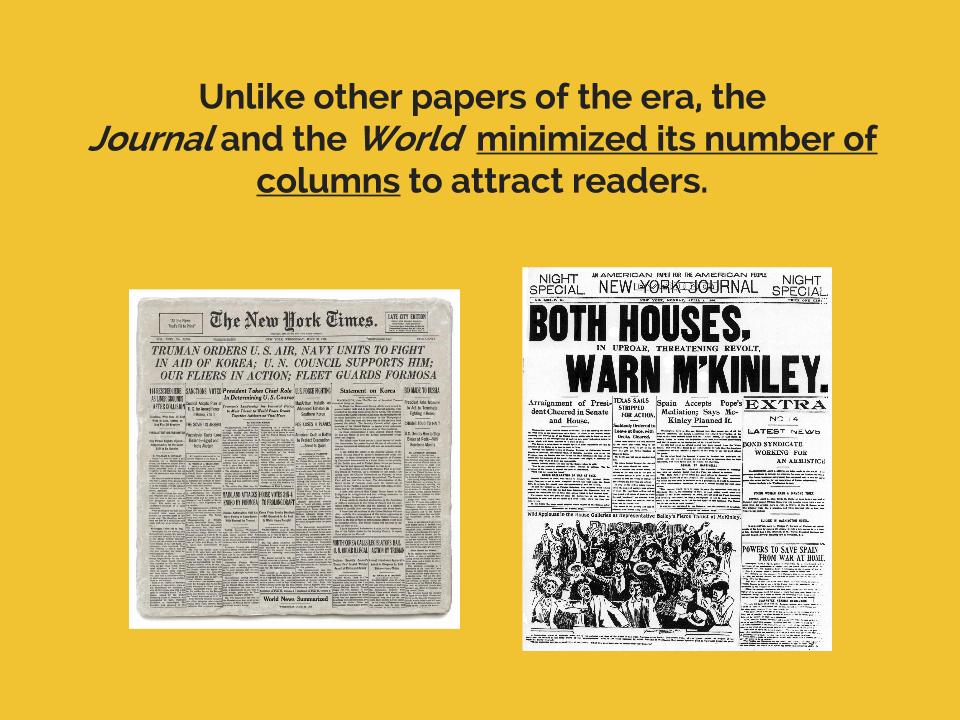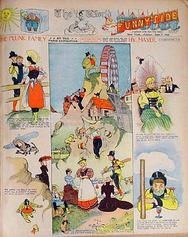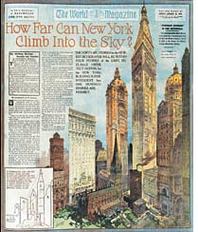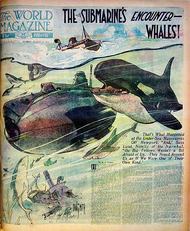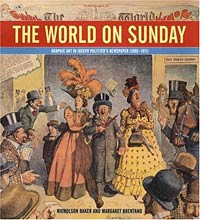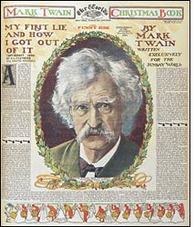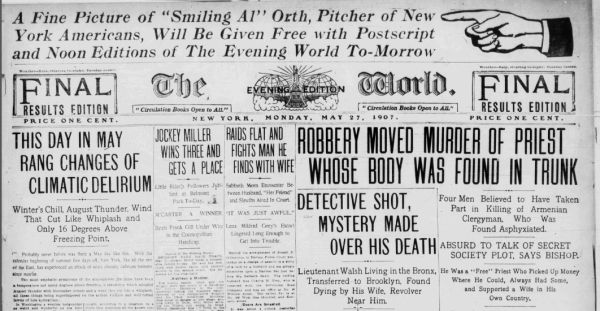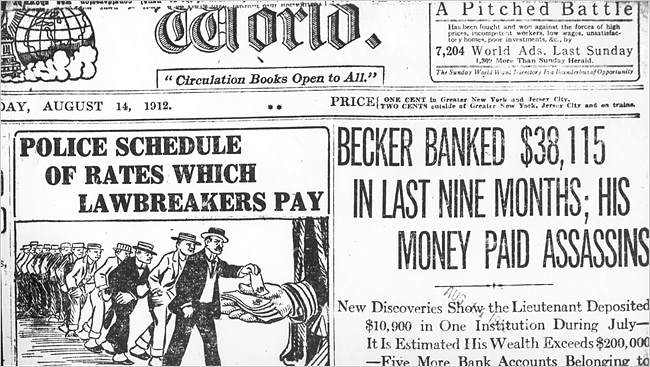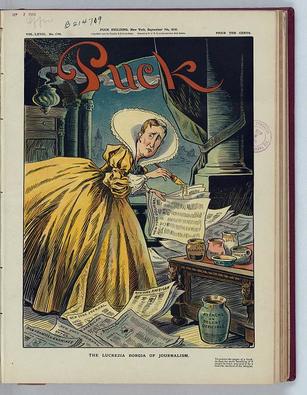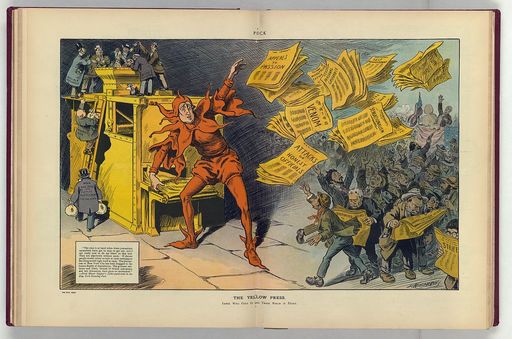On their path to yellow journalism, the competing newspapermen explored unconventional techniques in journalism to increase public appeal and circulation.
Appealing to the Working Class
Pulitzer and Hearst alike felt strongly about accommodating their newspapers
toward an audience of the common people—many of which, at this time, were immigrants.
toward an audience of the common people—many of which, at this time, were immigrants.
From left to right: New York World, New York Times, New York Journal.
The rivaling newspapers also experimented with investing in the use of full-color pages.
All articles from The New York World. Courtesy of Slate.
Pulitzer was the first to majorly breakthrough into the field of
graphic arts, producing dramatic halftone photos.
graphic arts, producing dramatic halftone photos.
Investigating Sensationalism
|
|
Comics & Yellow Kid The innovative men were some of the first to
make use of comics in their papers. One popular comic was known as "The Yellow Kid," which both newsman fought to publish. The feud over this comic, which was representative of the other battles in the circulation war, ultimately led to the popularization of the term "yellow journalism." LEFT: Hogan Alley's Yellow Kid, courtesy of The Billy Ireland Cartoon Library & Museum. |
These investigations into new styles of journalism and their effects on the public brought them into a period in which scandal, circulation, and sensation was focus of the press.
PHOTO (LEFT): Hearst as the Lucrezia Borgia of Journalism. Painting out of pots labeled "slander," "spite," "malice," "riot," and "scandal" with his newspapers on the floor. Keppler & Schwarzmann, 1910.
|
|
W.R. Hearst as a jester tossing newspapers with "Appeals to Passion," "Venom," "Sensationalism," "Attacks on Honest Officials," "Strife," "Distorted News," "Personal Grievance," and "Misrepresentation" Glackens, L. M., 1910.
|
Through their various explorations of sensationalism, Hearst and Pulitzer's exchanges as rivals marked the peak of yellow journalism. |

